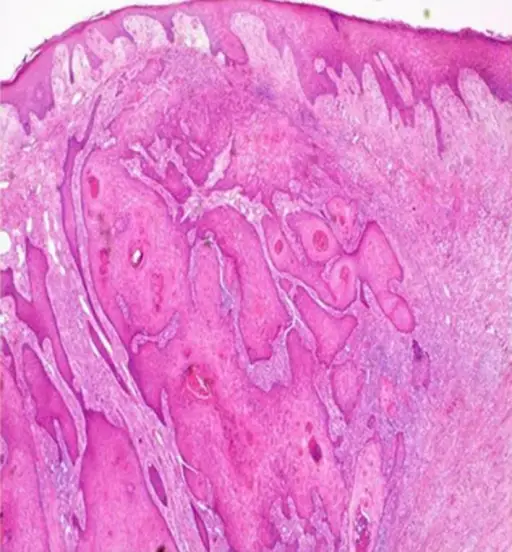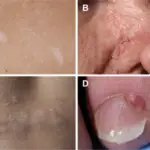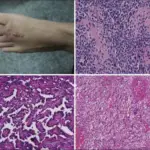Xeroderma pigmentosum is an inherited disease caused by the defectiveness of the DNA to repair.
What is the Pathology of Xeroderma Pigmentosum?
The pathology of xeroderma pigmentosum is:
-Etiology: The cause of xeroderma pigmentosum is exposure to UV light causing more damage to the skin that cannot repair itself chemical exposure.
-Genes involved: XPA, ERCC3, XP3, ERCC2.
-Pathogenesis: The sequence of events that lead to xeroderma pigmentosum results from a defect in nucleotide excision repair (NER), causing scarce repair of DNA damaged by UV radiation.
-Morphology: The morphology associated with xeroderma pigmentosum shows augmented melanin pigment at the basal cell layer.
-Histology: The histology associated with xeroderma pigmentosum shows hyperkeratosis, thinning, and atrophy of stratum malpighia, chronic inflammatory cell infiltrate in the dermis and irregular accumulation of melanin in the basal cell layer.
How does Xeroderma Pigmentosum?
Patients with xeroderma pigmentosum typically affect both males and females equally and the age onset of 2years. The symptoms, features, and clinical findings associated with xeroderma pigmentosum include persistent sunburn, blistering, scaling of the skin, crusting of the skin patches of the affected skin.
How is Xeroderma Pigmentosum Diagnosed?
Xeroderma pigmentosum is diagnosed by history and physical.
How is Xeroderma Pigmentosum Treated?
The xeroderma pigmentosum is treated by prevention of exposure to sunlight.
What is the Prognosis of Xeroderma Pigmentosum?
The prognosis of xeroderma pigmentosum is poor, the life expectancy is reduced by about 30-years-old.



